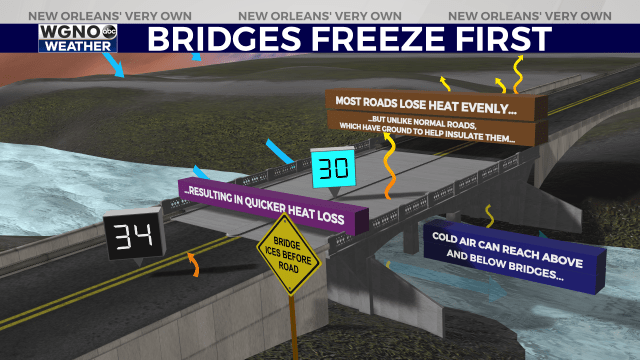Frozen Highways: The Chilling Physics of Why Bridges Turn into Ice Traps Before Roads

Bridging the Danger: Why Bridges Freeze First and How to Stay Safe
When winter's icy grip takes hold, drivers face a treacherous challenge on the road—especially when crossing bridges. Unlike regular road surfaces, bridges become dangerous ice traps much faster, posing significant risks to unsuspecting motorists.
The Science Behind Bridge Freezing
What makes bridges so unique in their ability to freeze quickly? The answer lies in their exposure and construction. Unlike solid ground, bridges are suspended in the air, allowing cold air to circulate both above and below the surface. This complete aerial exposure means bridges lose heat rapidly from all sides, causing them to cool down much faster than standard roadways.
Key Factors Contributing to Bridge Ice Formation
- Elevated Structure: No ground insulation means faster temperature drops
- Air Circulation: Wind can accelerate cooling from multiple directions
- Material Conductivity: Metal and concrete bridges conduct cold more efficiently
Protecting Yourself: Winter Driving Tips
To navigate these potentially dangerous surfaces safely, drivers should:
- Reduce speed when approaching bridges
- Avoid sudden braking or steering movements
- Maintain a safe following distance
- Watch for warning signs and road markers
- Use winter tires for better traction
Remember, awareness and caution are your best defenses against winter road hazards. Stay alert, drive slowly, and prioritize safety when encountering potentially icy bridge conditions.

